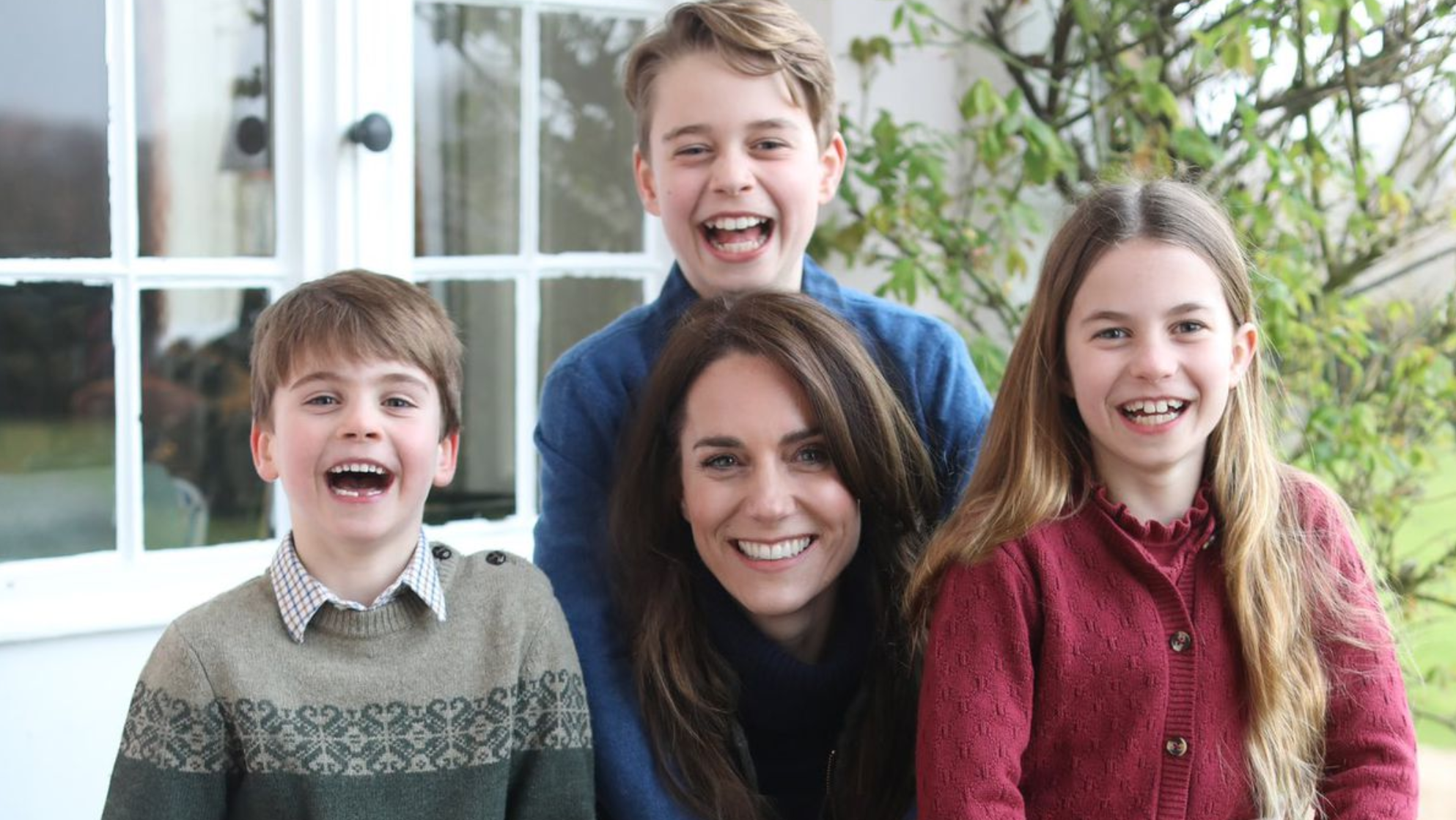How the Kate Middleton PR debacle can help us all in our next crisis
The recent PR crisis at Kensington Palace has left many wondering how it happened and who was responsible. It spurned memes, accusations of body doubles, fake photos, and—most damagingly—questions of trust and honesty. And it isn’t over yet.
Crisis communications expert Sally Branson explains what we can learn from the Palace’s failures.
For a firm that spent twenty years planning the Monarch’s funeral, we should expect a better protocol for crisis communications. But the key failure here is old-school crisis management.
This whole saga was perfectly positioned for International attention on one of the most interesting and issues-rich brands in storytelling history. To expect anything less than ongoing and significant interest was naive.

During such personal crises, those involved often need time to come to terms with the best steps forward. For a mother in her prime, the world literally at her feet and in the particular sort of season that is three kids at primary school – a time to reflect and come to terms with a cancer diagnosis is entirely appropriate.

